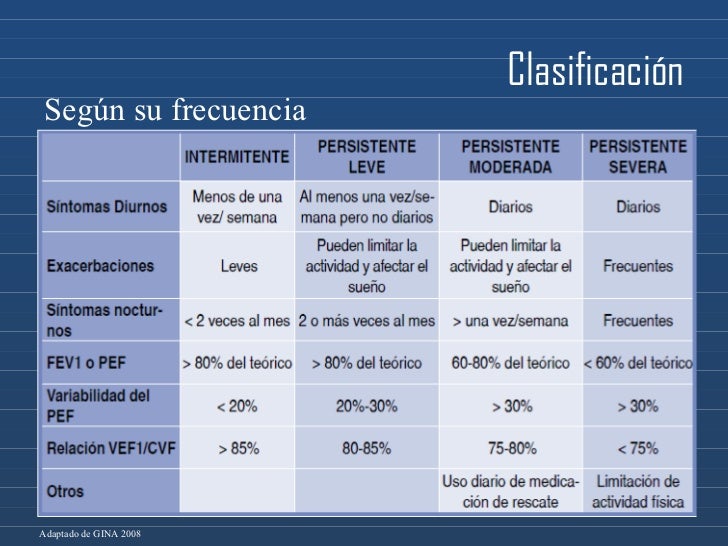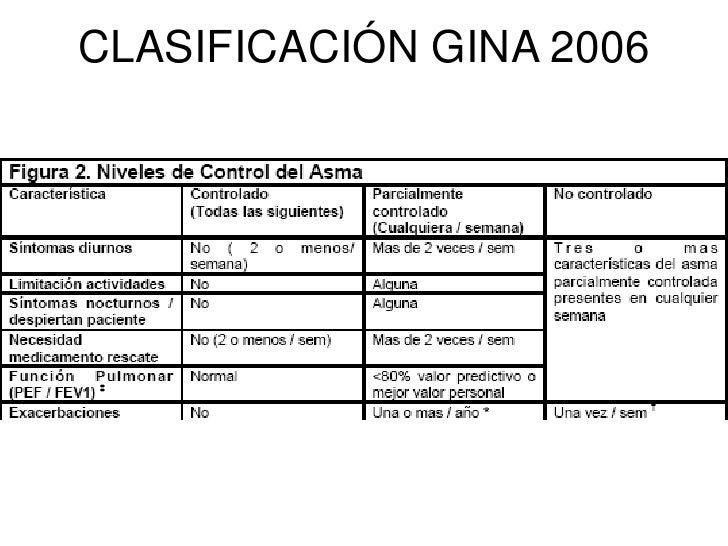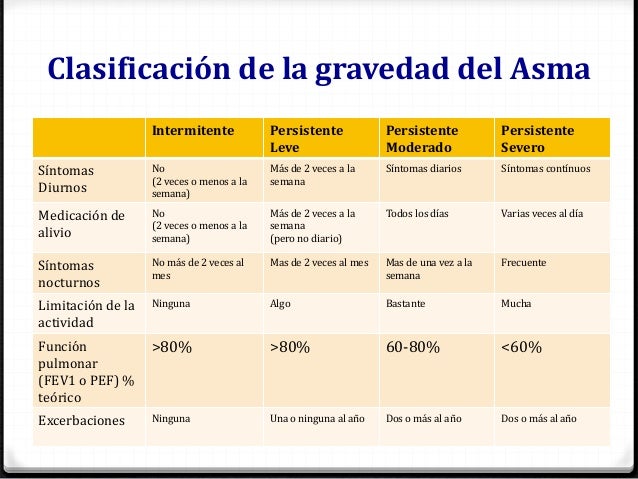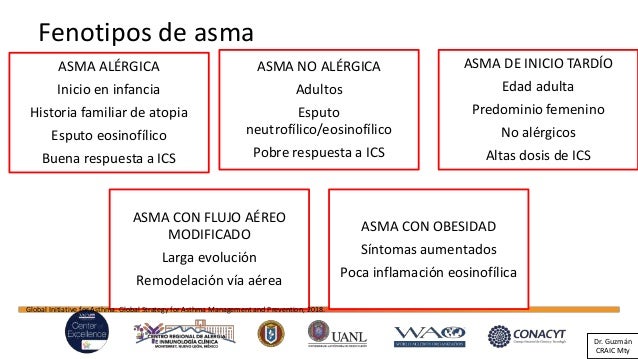



Two doctors and two nurses at each of the participating centres attended a 2-week training course at the UMC in HCMC. Written informed consent was obtained from all subjects. The study was approved by the ethics committee of the HCMC Department of Science and Technology. Patients with persistent asthma who had not used controller medications while in a stable state were classified as having not previously been managed according to GINA guidelines.

The definitive diagnosis of asthma was based on recurrent attacks of cough, wheezing, chest tightness and dyspnoea, with spirometric results showing a change in forced expiratory volume in one second (FEV1) of ⩾200 ml (or ⩾12%) after inhalation of 400 μg salbutamol. Only patients who had had asthma symptoms for more than one year and had not previously been managed according to GINA guidelines were invited to participate in the study. Results: The proportion of patients with controlled asthma rose from 1.0% at the start of the study to 36.8% by the end of the study (P 15 years of age attending the above four clinics from February to June 2007 were identified. Clinical and pulmonary function responses and direct health care costs were evaluated every 3 months during the study. Methods: One hundred and six patients with asthma were treated and followed up according to GINA guidelines for 12 months. Objectives: To estimate the proportion of patients with controlled asthma and the direct health care costs of managing asthma according to GINA guidelines at four out-patient clinics in Ho Chi Minh City (HCMC), Viet Nam. Setting: The Global Initiative for Asthma (GINA) guidelines have not been implemented effectively in primary care settings in Viet Nam. Implementation of GINA guidelines in Ho Chi Minh City: a model for Viet Nam. Triển khai chiến lược toàn cầu về hen tại TP.


 0 kommentar(er)
0 kommentar(er)
